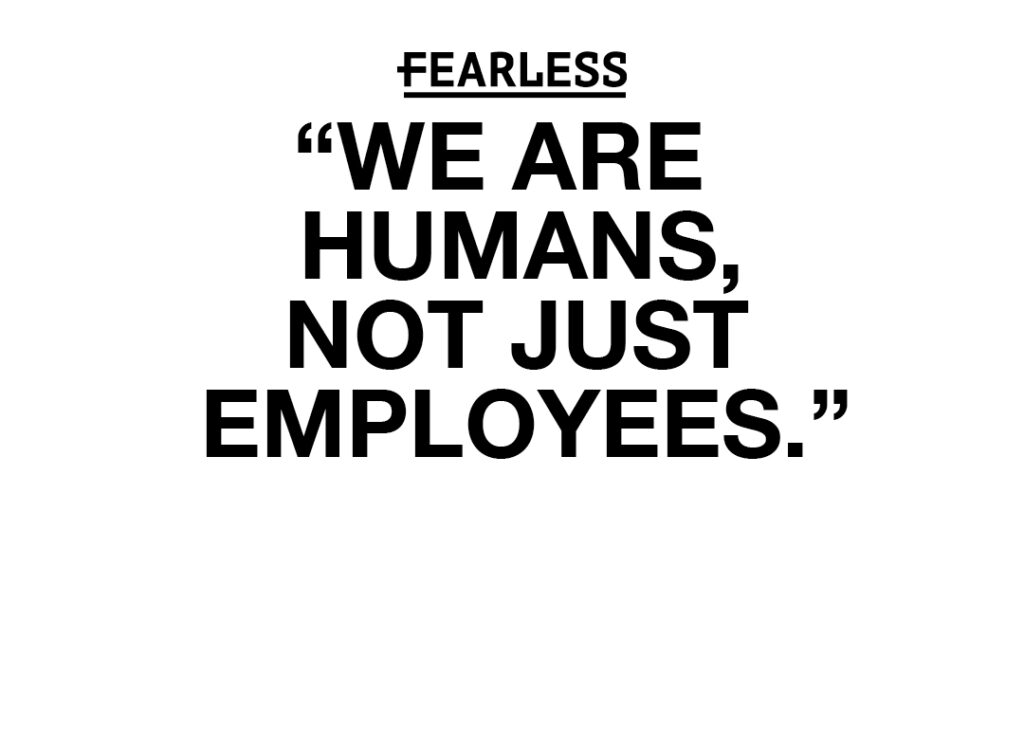On Leadership: The pandemic’s economic effect on women hurts us all
But leaders can make a difference in the workplace

SUZANNA de BACA Feb 4, 2021 | 2:38 pm
3 min read time
655 wordsBusiness Record Insider, On Leadership, Opinion
When I saw a recent Fortune magazine article titled “Women accounted for 100% of the 140,000 jobs shed by the U.S. economy in December,” I did a double take. One hundred percent? How could that be right? But the number was accurate and the implications clear: Women are leaving the workforce in droves, which signals a crisis of dramatic proportions for our workforce and the economy.
According to the National Women’s Law Center (NWLC), not only did women account for all U.S. job losses in December, women have lost a net 5.4 million jobs, or 55% of the more than 9.8 million U.S. jobs that have been lost since February of 2020.
Why is the pandemic affecting women disproportionately?
As has happened in the past, this pandemic has exacerbated existing gender inequalities in the workplace, causing women to shoulder additional responsibilities at a higher rate than men.
The Fortune article states that “the crippling burden of childcare and remote learning has fallen much more heavily on mothers than on fathers.” These burdens affect women of color at even higher rates, increasing existing disparities. The NWLC reports that since last February, almost 2.1 million women have dropped out of the workforce entirely. And while more women than men have been laid off in lower-wage service jobs, other women are voluntarily opting out of the workforce, often citing family responsibilities.
Why is this exodus of women from the workforce a problem for our everyone?
When women’s economic situation declines, it dramatically decreases overall consumer spending, reduces our tax base and increases the retirement gap for women; it hurts the entire economy. The Center for American Progress (CAP) estimates that if the levels of maternal labor force participation and reduced work hours persist long-term, lost wages would amount to a staggering $64.5 billion per year, saying, “The results of this loss will have ripple effects for families, communities, and economic recovery.”
Regardless of the reason for leaving, interruptions to employment have lasting implications for women. Reentry can be challenging. One CAP report showed that “job applicants with relevant experience who were out of work for more than six months were less likely to be called back than those with no relevant work experience who had been unemployed for less time.” Once back, salary levels and advancement opportunities may have been impeded. Pre-pandemic levels of available child care will likely not be available, making it nearly impossible for women to return to work even if they want to. Finally, gender roles that have shifted at home may be difficult to rebalance when women return to work.
The pandemic has also made it difficult for women who remain in the workforce, especially those with children. The pressure of maintaining productivity while managing education, household responsibilities and relationships is taking a toll on the physical and mental health of countless women.
What can leaders do?
With the economy, gender roles and the mental health of the majority of our population at stake, leaders have a critical role to play. There are ways employers can make a difference:
- Support female employees – The world has changed. Now is the time to truly listen to the evolving needs of your female employees and respond with realistic policies that offer flexibility and assistance with child care.
- Commit to diversity, equity and inclusion – Review workplace policies to ensure your recruiting, hiring and retention policies and practices are fair and equitable to women, especially women of color.
- Support families – Families need support, including parental leave, flexible scheduling and access to physical and mental health resources.
The pandemic’s effect on women and families is arguably one of the most significant workforce crises we have experienced. But by reassessing policies and supporting women and families, leaders can begin to reverse the declines brought on by the pandemic and position all members of our workforce for a more positive and equitable future.









